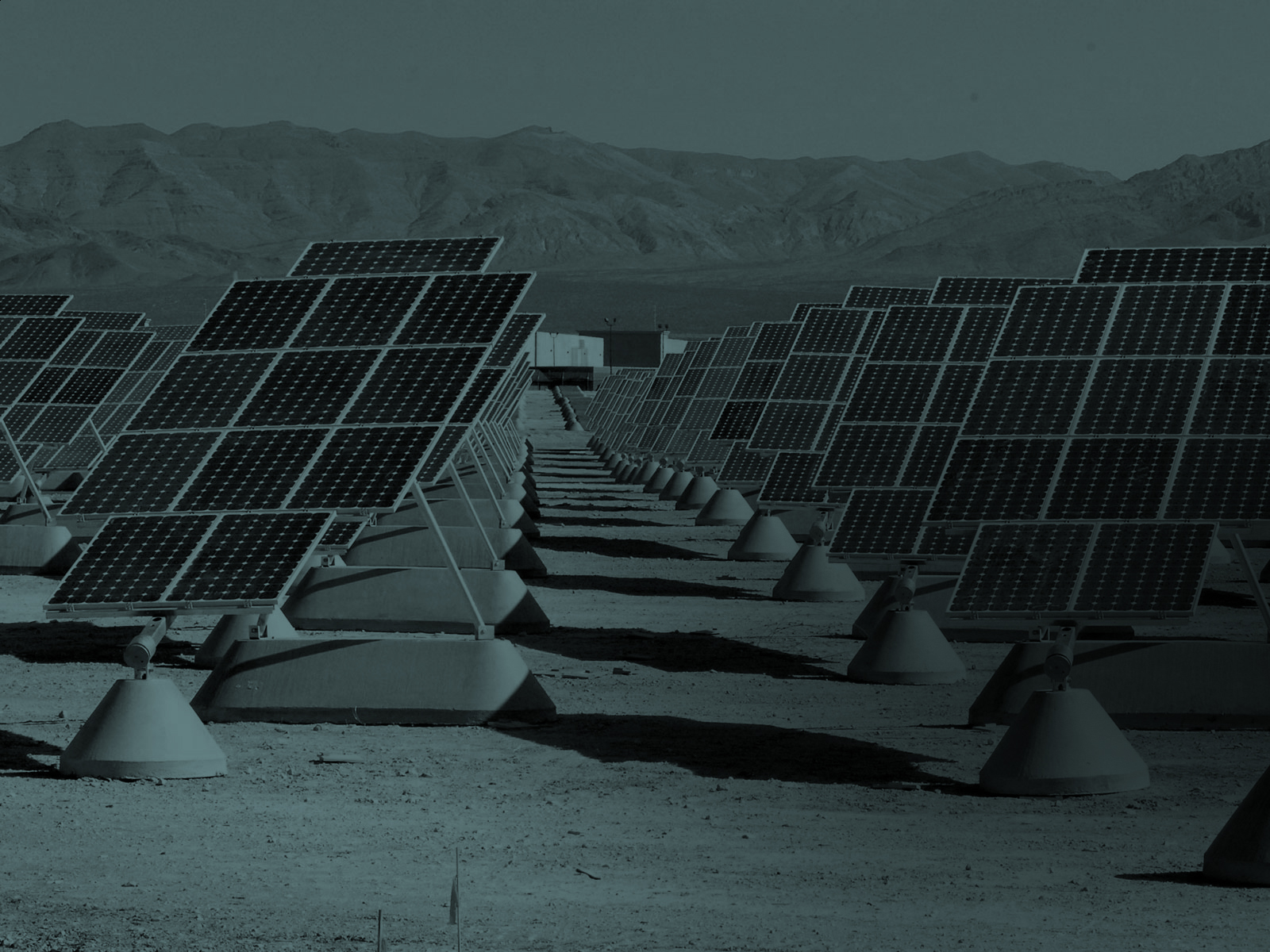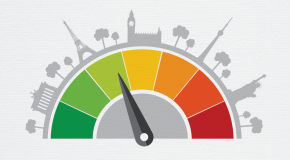One hundred and thirty five years after Edison patented the first commercially viable light bulb back in 1879[i], one fifth of humanity still lives in the dark with no access to electricity and little chance of getting out of poverty.
In the last couple of decades some progress has been made. The proportion of the global population with access to electricity rose from 76% in 1990 to 83% in 2010[ii]. But this growth reflects the expansion of cities in the developing world (about 70% of new connections in the last 20 years, around 1.2 billion in all, were in urban areas) and therein lies one of the main reasons why the energy sector alone will never deliver energy to all.
In many developing countries the formal energy sector is focused almost exclusively on operating and extending the national electricity grid. That is because it is the easiest and cheapest thing to do in areas where population density is high, and you can get thousands of people connected per kilometre of distribution line installed.
But today, 80% of those without electricity live in rural areas, many in dispersed populations far from a power line. To make a connection to them from the grid is “uneconomic” and the energy sector alone cannot be relied upon to do so. Unless we want to alleviate poverty by forever growing cities and leaving rural areas empty and marginalised, something has to change.
The International Energy Agency[iii] estimates that, if universal access to electricity is to be achieved by 2030, then over half of all new investments will have to be in off-grid technology such as solar panels, windmills and micro hydro plants. This is way outside the remit of most energy utilities and ministries of energy and, as a result, gets little or no attention from them.
Currently, energy access is a classic case of technology injustice – even though the technical solutions exists and have been available for some time, the institutions we have created to deliver energy services, namely private sector oligopolies and monopolies, focus on what it is easiest or most profitable to do, as opposed to dealing with those who need it most.
However, it isn’t all bad news. Bangladesh stands out as a developing country having made big strides in rural electrification, using solar systems. When the Bangladesh solar programme began in 2003, the original government goal was to install 50,000 systems by 2008. But that target was reached three years ahead of schedule. In 2013 more than 1 million solar home systems were installed and the country is projected to reach 4.2 million systems installed by the end of 2014; that’s equivalent to 25% of all off-grid households[iv].
The Bangladesh trick seems to have been to combine consumer finance (via the Grameen Bank, a microfinance and community development bank) with quality but affordable solar household systems. It’s an approach that’s also being replicated elsewhere. Simpa Networks, a technology company which uses innovative pricing policies to make electricity more affordable in India, has a clever system that allows people to “pay-as-they-go”. Users pre-pay to unlock the system for a fixed amount of electricity in the same way people buy air time on mobile phones. But each payment adds up towards the total purchase price of the solar home system. Once fully paid, the solar home system unlocks permanently and delivers free electricity for the expected 10-year life of the product. Simpa Networks’ goal is to reach 60,000 households by 2015. M-KOPA, another newly set-up “pay-as-you-go” energy company for off-grid customers in eastern Africa, uses a similar system — taking advantage of Kenya’s hugely popular mobile banking system, M-PESA.
These new initiatives show market forces can drive electrification. We must harness them.
The views and opinions expressed in this article are those of the authors and do not necessarily reflect the views of The Economist Intelligence Unit Limited (EIU) or any other member of The Economist Group. The Economist Group (including the EIU) cannot accept any responsibility or liability for reliance by any person on this article or any of the information, opinions or conclusions set out in the article.




